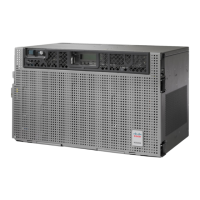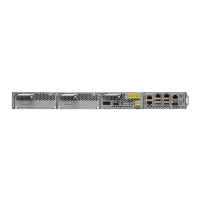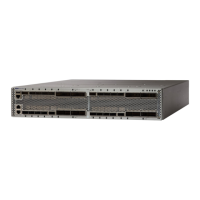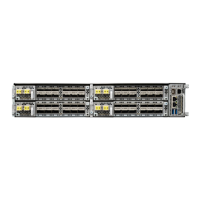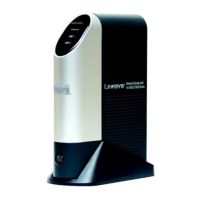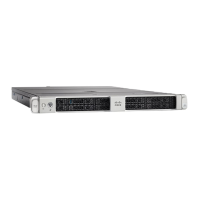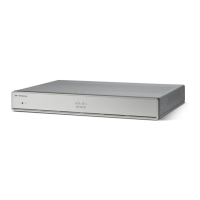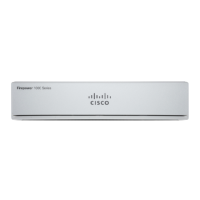• OTUK-TIM , on page 346 (squelching enabled)
• ODUK-AIS-PM , on page 317
• ODUK-LCK-PM , on page 318
• ODUK-TIM-PM , on page 320 (squelching enabled)
• TIM , on page 415 (for the OCN/STMN, squelching enabled)
• LOF (OCN/STMN) alarm in the Alarm Troubleshooting chapter of the Troubleshooting guide.
• LOS (OCN/STMN) alarm the Alarm Troubleshooting chapter of the Troubleshooting guide.
• CARLOSS (TRUNK) , on page 151
• WVL-MISMATCH , on page 438 (client or trunk)
When troubleshooting the SQUELCHED condition locally, look for failures progressing upstream in the
following order. (If you are troubleshooting this alarm remotely, reverse the order of progress.)
• Local client alarms, as previously listed
• Local trunk alarms, as previously listed
• Remote (upstream) client receive alarms, as previously listed
If you see a SQUELCHED condition on the trunk, this can only be caused by a transponder (TXP) card.
Note
Clear the SQUELCHED Condition
SUMMARY STEPS
1. If the object is reported against any object besides ESCON, determine whether the remote node and local
node reports and LOF or the LOS alarm (for the client trunk, as listed here). If it does, turn to the relevant
section in this chapter and complete the troubleshooting procedure.
2. If no LOF or LOS is reported, determine whether any other listed remote node or local node conditions
as listed here have occurred. If so, turn to the relevant section of this chapter and complete the
troubleshooting procedure.
3. If none of these alarms is reported, determine whether the local port reporting the SQUELCHED condition
is in loopback. (You will see LPBKFACILITY OR LPBKTERMINAL in the condition window for this
port.) If it is in loopback, complete the following steps:
DETAILED STEPS
Step 1 If the object is reported against any object besides ESCON, determine whether the remote node and local node reports
and LOF or the LOS alarm (for the client trunk, as listed here). If it does, turn to the relevant section in this chapter and
complete the troubleshooting procedure.
Step 2 If no LOF or LOS is reported, determine whether any other listed remote node or local node conditions as listed here
have occurred. If so, turn to the relevant section of this chapter and complete the troubleshooting procedure.
Cisco NCS 2000 series Troubleshooting Guide, Release 11.0
401
Alarm Troubleshooting
Clear the SQUELCHED Condition
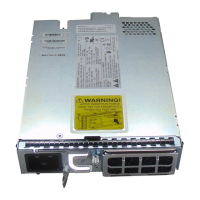
